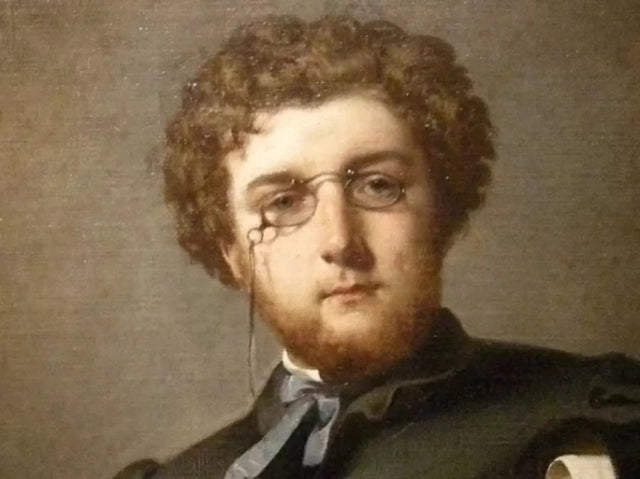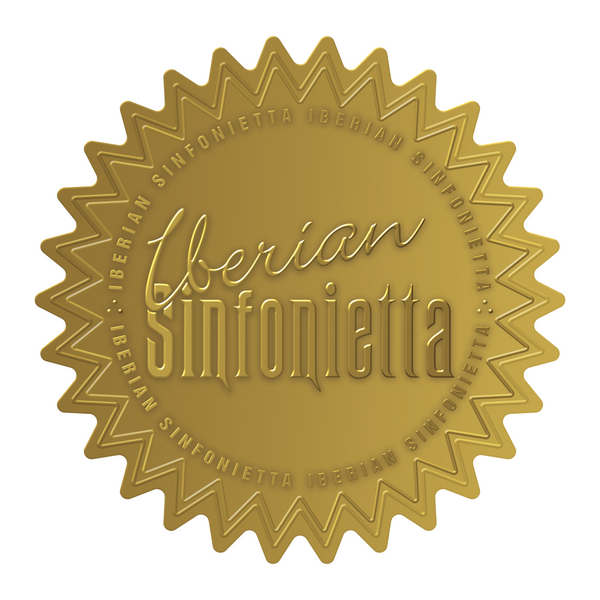
BIZET'S SYMPHONY: A MASTERPIECE OF YOUTH
Dear public,
From Iberian Sinfonietta we hope that these days have served to change activities and rest. For our part, this has been the case and therefore we return to a new season, 2023/2024, with great desire to meet again with the love of all of you, dusting off little-performed works and with new premieres, in short, with great spirit and looking forward to passing evenings at the Peace Palace in Fuengirola , at least as pleasant as those in previous years.
You can now find out exactly the dates and programs of the concerts that will take place this season at this link . We will start on Saturday, September 16 at 7:00 p.m. with a repertoire as varied as it is interesting. There will be an absolute revival in Espeña, Shadow, Op. 16 by Francisco José Martín Jaime (1970 - ). A solo violin concerto, Concerto No. 1 for violin and orchestra in G minor, Op. 26 by Max Bruch (1838 - 1920) with the participation of Irene Arriaza González on violin (Winner of the "Iberian Sinfonietta" Special Prize at the IV "City of Estepona" Young Performers Competition and of course, music for orchestra, the Symphony in C major by George Bizet (1838 - 1875). Not to miss it.

Today's entry will be dedicated to learning a little more about this work by Bizet , one of the greats of music, especially for his opera “Carmen”. Bizet , a Parisian, immediately showed signs of being a child gifted in music in a unique way. In fact, upon hearing this, one of the professors at the prestigious Paris Conservatory, a friend of his parents, immediately suggested that he enter before the minimum age allowed, 10 years old, so we have Bizet as a student at 9 years old. One of his great teachers will be Charles Gounod, who will be a friend and a transcendental person in his life. In fact, when Bizet dies at only 37 years old, it is known that Gounod begins to read a panegyric about him but breaks down crying and cannot finish the text he had written.

The work, which will be performed under the baton of Maestro Juan Paulo Gómez on the 16th, will be precisely a work of youth, it is really more of a last work of his studies. He is a very young Bizet in whom many copies of his teacher Gounoud are found and he is still searching for his own style. That is perhaps one of the reasons why it was never touched again during Gounoud's lifetime, and he, somehow, did not spread the work. However, years later several musicians agreed that both that work and Mendelssohn's “A Midsummer Night's Dream” were very interesting due to their beauty, spontaneity and freshness and since then they have been performed regularly. His widow, Geneviève Halévy, gave the manuscript to Reynaldo Hahn, who left it along with other documents in the archives of the conservatory's bookstore, where it was found in 1933 by Jean Chantavoine. Shortly thereafter, Bizet 's first English biographer, Douglas Charles Parker, showed the manuscript to conductor Felix von Weingartner, who gave the first performance in Basel, Switzerland, on February 26, 1935. The symphony was immediately hailed as a youthful masterpiece and quickly became part of the regular Romantic repertoire. The first recording was made on November 26, 1937 by the London Philharmonic Orchestra, conducted by Walter Goehr.

Bizet dedicated himself more to composing operas, vocal music and piano music during his maturity, but his youth was marked by his brilliant time at the Paris Conservatory that concluded with this work, and immediately winning the prestigious Rome Prize, a decoration that from a young age would open the doors of so many houses and private parties. The most common, in which he played the piano, of which he was a brilliant performer, was the one that took place every Friday at Offenbach's house, where he would meet Rossini and the best of the time. His latest work, Carmen , will be the one that goes down in posterity, with melodies that are already known to everyone. If that is the last Bizet , on Saturday the 16th we will meet the first. Not to miss it.
Jorge Rodríguez Morata
Pedagogical content coordinator.
